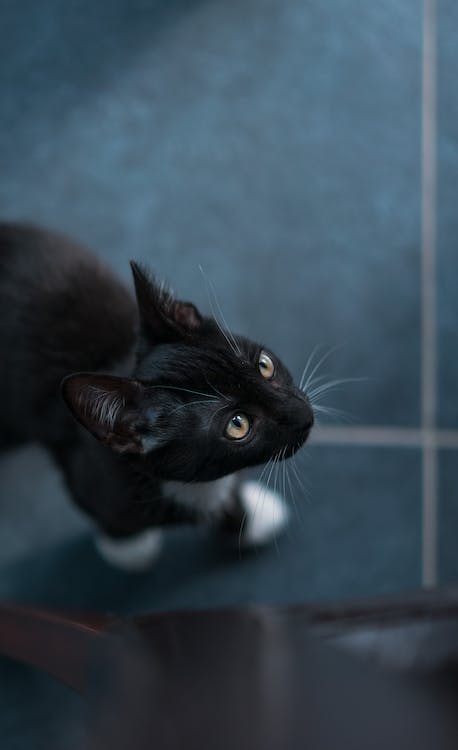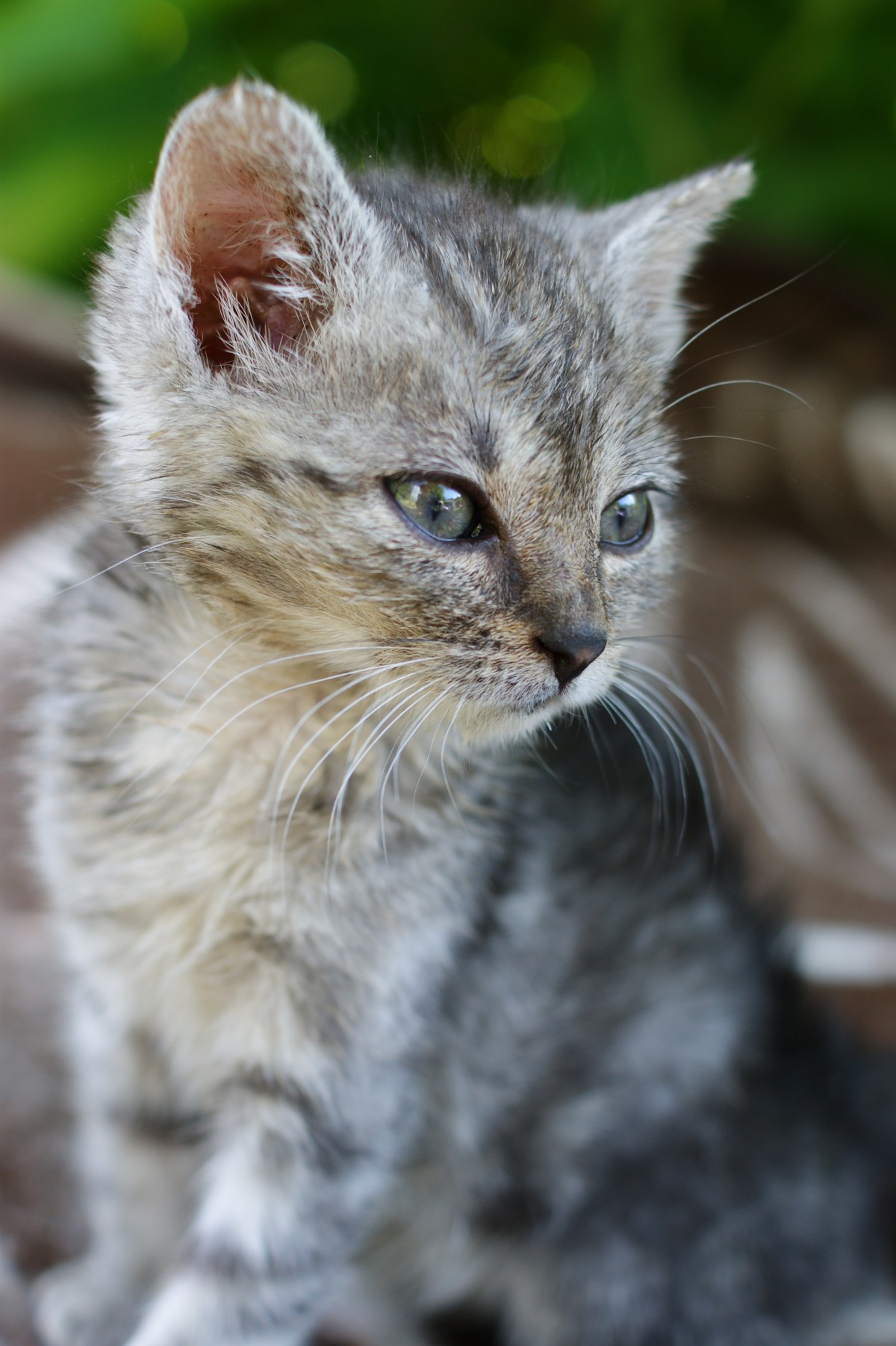
How to Manage Cat Scruffiness: Causes, Solutions, and Prevention
Cat cleanliness is crucial for the happiness of both feline and human housemates. However, sometimes our beloved cats can become a little “scruffy” when it comes to using the litter box. In this guide, we’ll delve into the causes of cat scruffiness, behavior, and practical steps you can take to help your cat get back on track.
Cat Scruffiness: What Is It?
Cat scruffiness, or inappropriate elimination, occurs when your cat urinates and/or defecates outside the designated area, which is usually the litter box. This behavior can be a source of frustration for cat owners but is often a response to stress experienced by the cat. Understanding the root causes of this behavior is the first step in addressing it effectively.
What Causes Cats to Be “Dirty”?
Cats are creatures of habit, deeply attached to their territory and routines. Any changes or disruptions in their environment can trigger stress and lead to scruffiness. Here are common stressors for cats:
- New Additions: The introduction of a new pet, a baby, or even a visitor can disrupt your cat’s routine and create anxiety.
- Owner’s Absence: Cats can become stressed when their owners are away on vacation or for extended periods.
- Environmental Changes: Renovations or moving furniture frequently can cause stress for your cat.
It’s important to note that not all cases of feline uncleanliness are due to stress. Some health problems, like cystitis or digestive disorders, can lead to inappropriate elimination. If you’re unsure, consult your veterinarian to rule out any underlying medical issues.
Cat Scruffiness or Urine Marking: What’s the Difference?
It’s crucial to differentiate between cat scruffiness (inappropriate elimination) and urine marking. Scruffiness involves urinating and defecating in the wrong places, while urine marking typically entails spraying urine on a horizontal surface to mark territory. Urine marking is more common in unspayed animals and is a way for cats to establish their territorial boundaries.
What to Do If Your Cat Is “Dirty”?
Once you’ve ruled out any health issues with your vet, it’s time to address the source of your cat’s anxiety. Punishing your cat for inappropriate elimination is counterproductive and increases their stress. Instead, consider these steps:
- Identify Stressors: Determine what is causing stress for your cat. Is it a new pet, a recent move, or other environmental changes?
- Eliminate Stressors: Once you’ve identified the sources of stress, work to eliminate or reduce them. Your cat’s behavior often returns to normal when the stressors are gone.
- Clean the Litter Box: Cats are attracted to a clean litter box. Clean it regularly and consider using a bleach solution to eliminate odors.
- Close Off Problem Areas: If your cat has specific areas of the house where they eliminate outside the box, close those areas off to prevent access.
- Stay Calm: Stay calm and patient with your cat. Yelling or punishing them will not help.
In some cases, especially when a new child or pet arrives, using pheromones in the form of sprays or diffusers can help calm your cat. These pheromones have a soothing effect on cats and can reduce anxiety.
Preventive Measures for Cat Cleanliness

To prevent cat scruffiness, it’s essential to avoid sources of stress whenever possible. Here are some preventive measures:
- Respect Routine: Cats thrive on routine. Try to keep their daily routines as consistent as possible.
- Litter Box Placement: Ensure the litter box is in a quiet, easily accessible area. Avoid placing it in busy parts of the house.
- Multiple Cats, Multiple Boxes: If you have multiple cats, follow the rule of providing one litter box per cat.
- Regular Cleaning: Clean the litter boxes at least once a week. The frequency may vary based on the type of litter used.
- Substrate Changes: Be cautious about changing the type of litter your cat is used to. Some cats are sensitive to changes in substrate.
- Quiet Feeding Areas: Ensure that your cat’s eating and drinking areas are separate from the litter box.
Remember, observing your cat’s behavior and addressing their needs is key to maintaining their cleanliness and happiness. Cats may be independent creatures, but they rely on us for their well-being and comfort.





